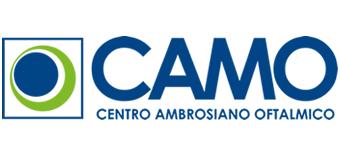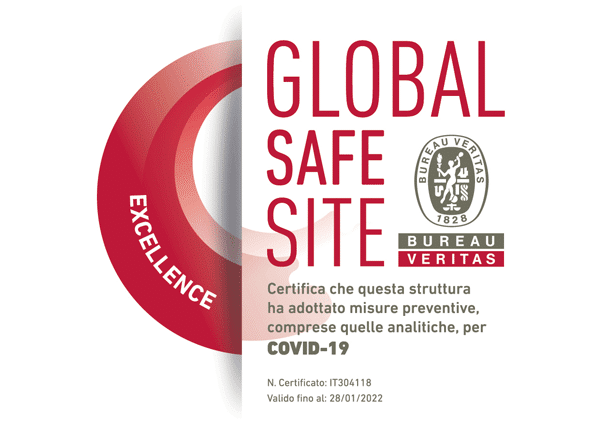Intraocular lenses
Intraocular lenses – or artificial crystalline lenses – are tiny lenses made from a special plastic material; they are inserted inside the eye and are used to correct severe sight defects and provide high quality vision. An intraocular lens is useful for correcting severe sight defects that cannot be treated with laser technology such as severe myopia and to definitively resolve pathologies such as cataract or sight defects such as presbyopia.
Thanks to constant technological progress, it is now possible to use a wide range of intraocular lenses that differ in terms of shape, materials, size and optic strength consenting to maximum adaptation to the correction of a large number of sight defects and appropriate for the different features of the various ocular structures. The intraocular lens is perfectly tolerated and will never lose its transparency.
With few exceptions, all patients are suitable for the implantation of an artificial crystalline: however, the eye specialist must decide if and when they are used. Surgery with the implantation of the intraocular lenses is more invasive than laser surgery; however, when the defects are severe, the implantation of an IOL consents greater correction and greater visual quality compared to the outcomes with laser procedures.
The artificial crystalline can be added to the natural lens (this is called phakic crystalline lens) or it can completely replace the natural lens. Whether one or other technique is chosen depends on the defect or pathology to be treated.
There are a number of different techniques for implanting the crystalline lens
The operation lasts approximately 15 minutes and is painless. The procedure is performed in the day surgery unit and under local anesthesia. When surgery is programmed for both eyes, the surgeon should wait a few days before operating on the second eye. The eye surgeon specialist in refractive surgery will decide whether or not the patient is suitable for surgery following careful examination of the eye with all of the tests and measurements necessary to provide the complete overview of the eye.
The pre-operative examinations
In addition to routine measurements and examinations performed in the general eye medical examination, there are others that are particularly important for determining a patient’s suitability for the implantation of the crystalline:
- Anterior chamber OCT: this provides measurements of the eye allowing the surgeon to decide whether or not there is sufficient space inside to accommodate the crystalline and also suggests the most appropriate position for the lens;
- Retinal OCT: this gives the surgeon the opportunity to examine the central portion of the retina (macula) and consequently it provides important information relative to the amount and quality of the sight recovery that can be obtained with the procedure;
- Endothelioscopy: this allows the surgeon to evaluate the condition of the more internal layer of the cornea (endothelium), the layer that will be closest to the artificial phakic crystalline. Scarce vitality of the endothelium may prove to be a contraindication to surgery. The endothelioscopic examination is extremely important for a long time after surgery and should be repeated once a year; the results of this test are a good indication of the compatibility of the crystalline with the ocular tissues.
- Corneal topography: this test produces a precise mapping of the cornea; surgery may be contraindicated if important abnormalities are observed.
- Pupillometry: this measures the diameter of the pupil: surgery may not be an option if the pupil is very wide.


